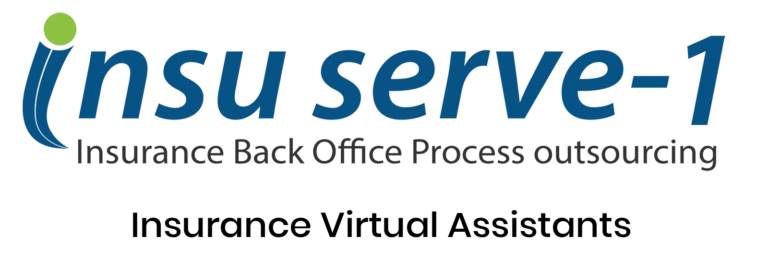Ever wondered how someone you’ve never met could steal your identity? You’re not alone. In the digital age, identity theft has evolved, with criminals becoming increasingly sophisticated. Yet, with the right knowledge, you can armor yourself against these invisible invaders. Here’s a comprehensive guide to the dark world and common ways identity theft occurs and the shining shields you can employ to protect yourself.
Key Takeaways:
- Identity theft exploits personal information through various methods.
- Recognizing common scams can significantly reduce your risk.
- Regularly monitoring your financial statements can catch fraud early.
Part 1: Common Methods of Identity Theft
Phishing: The Baited Trap
Phishing is a deceptive act where scammers masquerade as reputable entities to steal your sensitive information. Imagine receiving an email, seemingly from your bank, asking you to update your account details. Looks legit, right? Wrong. Clicking that link and entering your info could hand over the keys to your financial kingdom to a stranger.
Protection tip: Always verify the sender’s email address and never click on suspicious links.
Smishing and Vishing: Modern Twists to an Old Game
These are the evil twins of phishing, using text messages (smishing) and phone calls (vishing) to lure victims. They play on urgency and fear, like a message from ‘your bank’ about a fraudulent transaction.
Protection tip: Never give out personal information over text or phone to unsolicited requests.
Fake Websites and Confidence Tricks: Digital Deception
Ever landed on a website that looks just like your online banking portal? That could be a counterfeit designed to snatch your credentials. Similarly, confidence tricks, like an ‘IRS agent’ demanding back taxes, play on trust and authority.
Protection tip: Double-check URLs and don’t be pressured by authoritative tones in unexpected calls.
The Data Breach Epidemic: A Hidden Menace
Data breaches expose vast amounts of personal data. These incidents are becoming alarmingly common, leaving everyone’s information potentially up for grabs.
Protection tip: Change passwords regularly and monitor your accounts for unusual activity.
Skimming: High Tech Pickpocketing
Skimming devices, installed on ATMs and gas station pumps, can steal your card data in seconds. These devices are hard to spot but can be a goldmine for thieves.
Protection tip: Inspect card readers and use NFC payments if possible.
Part 2: Less Known But Equally Dangerous Methods
Public Wi-Fi and USB Charging Stations: A Hacker’s Playground
Public Wi-Fi may seem like a modern convenience, but it’s also a playground for hackers. They can easily intercept your data, stealing passwords and personal information. This threat isn’t limited to your online coffee shop; even USB charging stations, like those found in airports, can be compromised in what’s known as ‘juice jacking’.
Protection tip: Avoid accessing sensitive information on public Wi-Fi and use your own chargers. Learn more about Wi-Fi security here.
The Dark Web: Where Your Information Could be Up for Sale
The dark web is a hidden part of the internet where criminals buy and sell stolen data, including personal and financial information. It’s a secretive place that isn’t accessible through regular browsers.
Protection tip: Consider dark web monitoring services to alert you if your information appears online. What is Dark Web Monitoring
Inside Jobs: When Trust Is Broken
It’s a painful truth, but sometimes those closest to us are the culprits. From using a child’s SSN to open a credit card to a friend taking out a loan in your name, these betrayals are devastating.
Protection tip: Keep personal documents secure and be cautious about sharing personal information, even with those you trust.
Old-Fashioned Thievery: Mail and Trash Theft
Believe it or not, old-school methods like mail and trash theft are still prevalent. Identity thieves sift through your garbage or intercept your mail to find valuable information.
Protection tip: Secure your mail and shred important documents before disposal.
Targeted Attacks: Child, Elder, and Estate Identity Theft
Children and the elderly are particularly vulnerable to identity theft. Likewise, deceased individuals’ identities can be exploited through estate fraud. These groups may not monitor their credit, making them easy targets.
Protection tip: Keep a close eye on the credit reports of those you’re responsible for, and be vigilant with the personal information of deceased loved ones.
Remember, identity theft can happen to anyone, but knowledge is power. By staying informed and vigilant, you can protect yourself and your loved ones from falling victim to these invasive crimes.






























